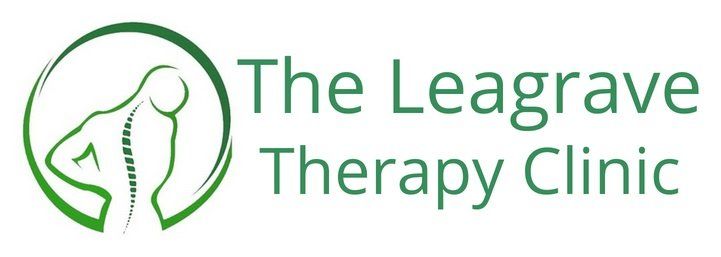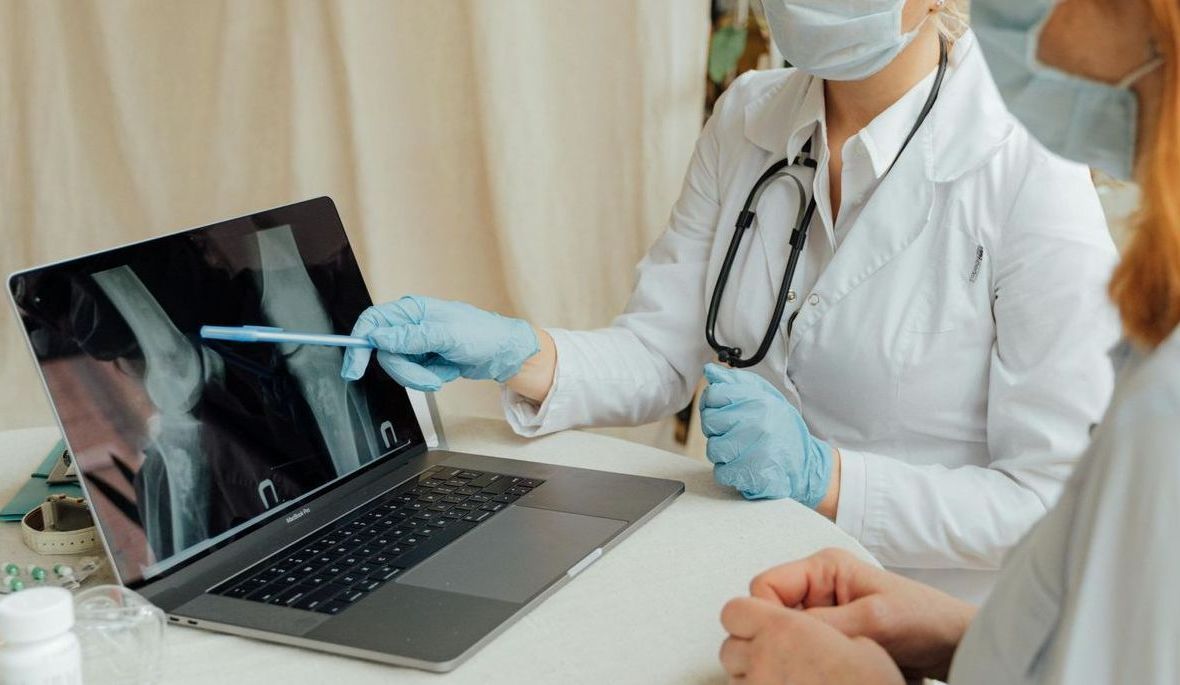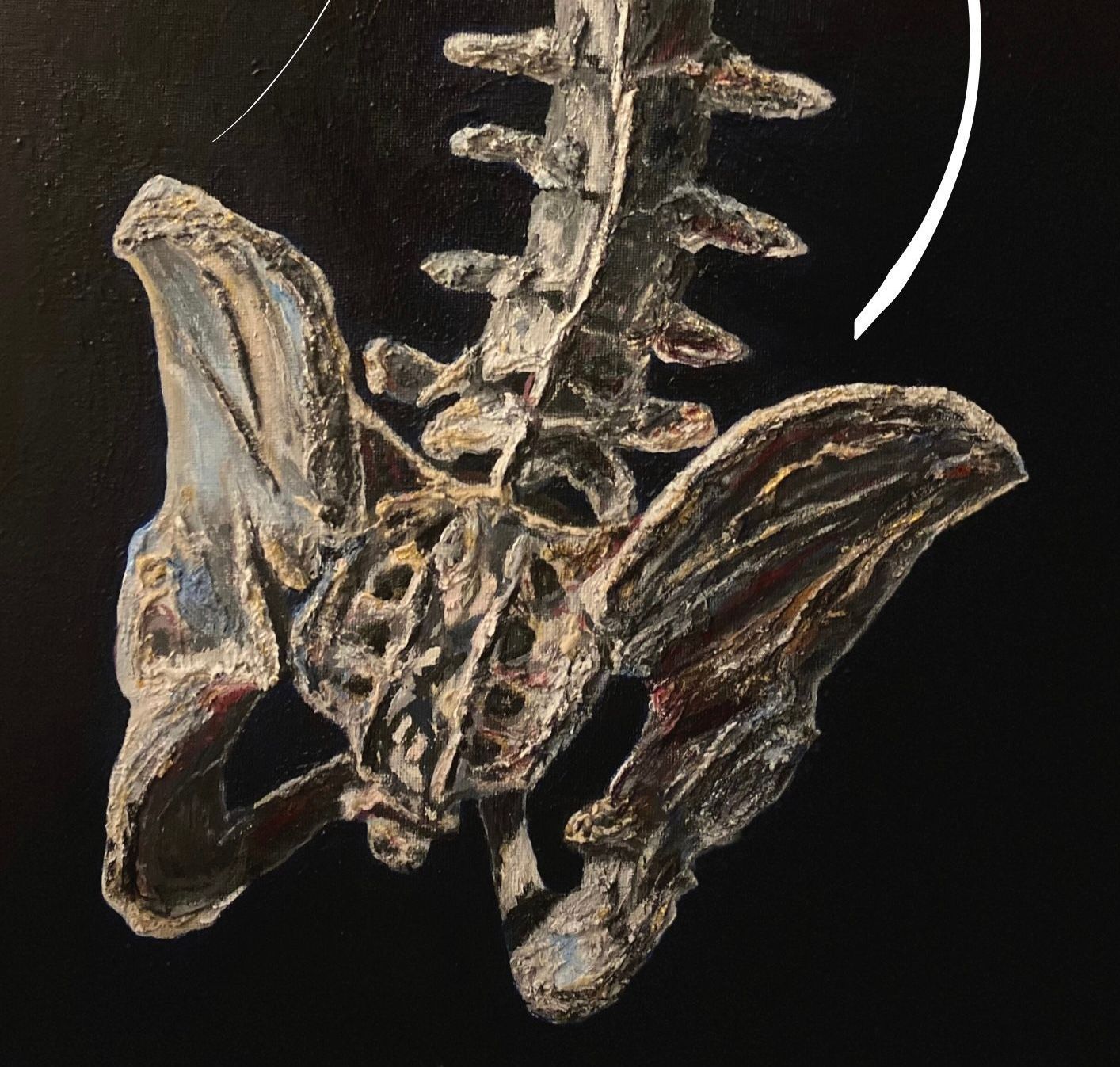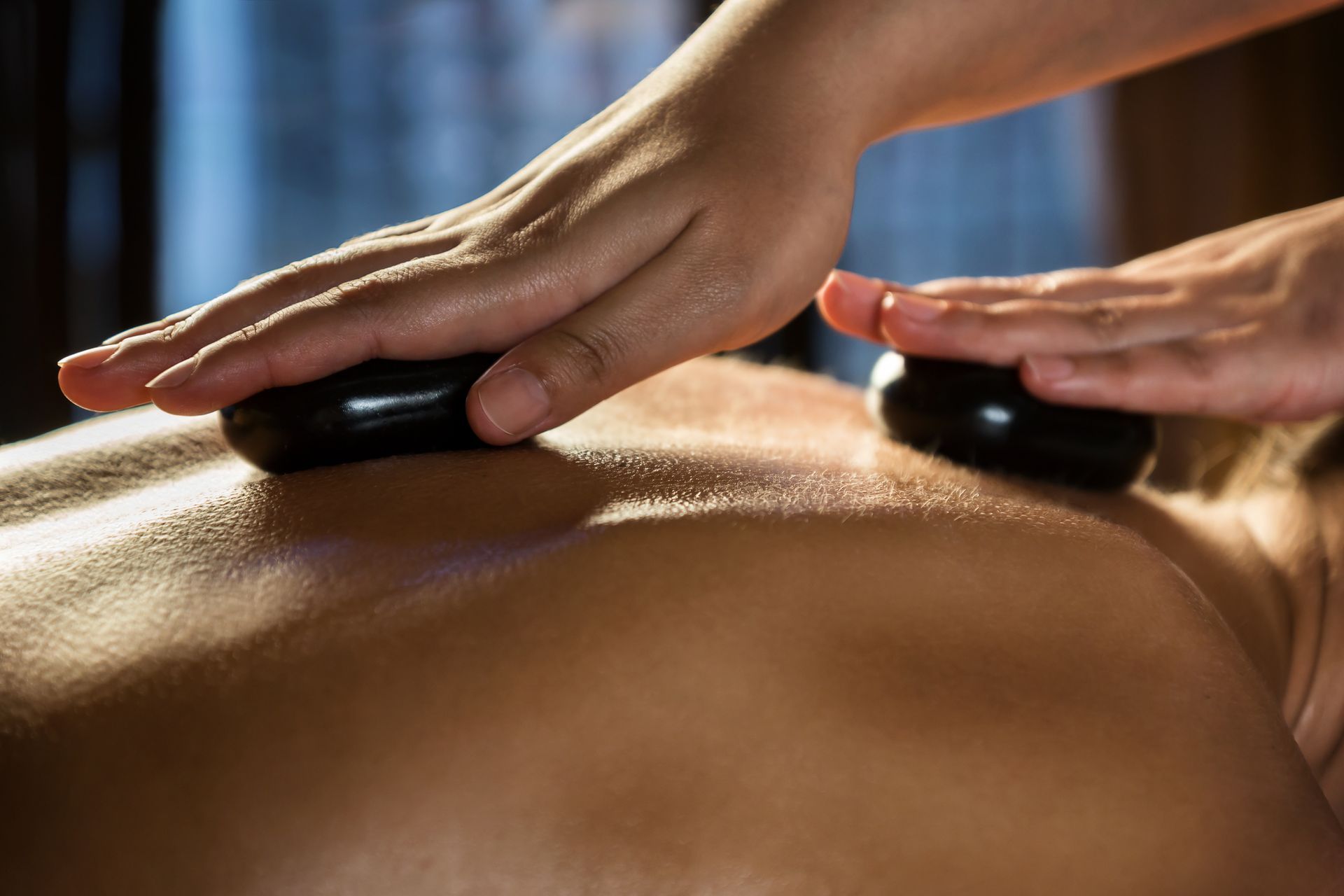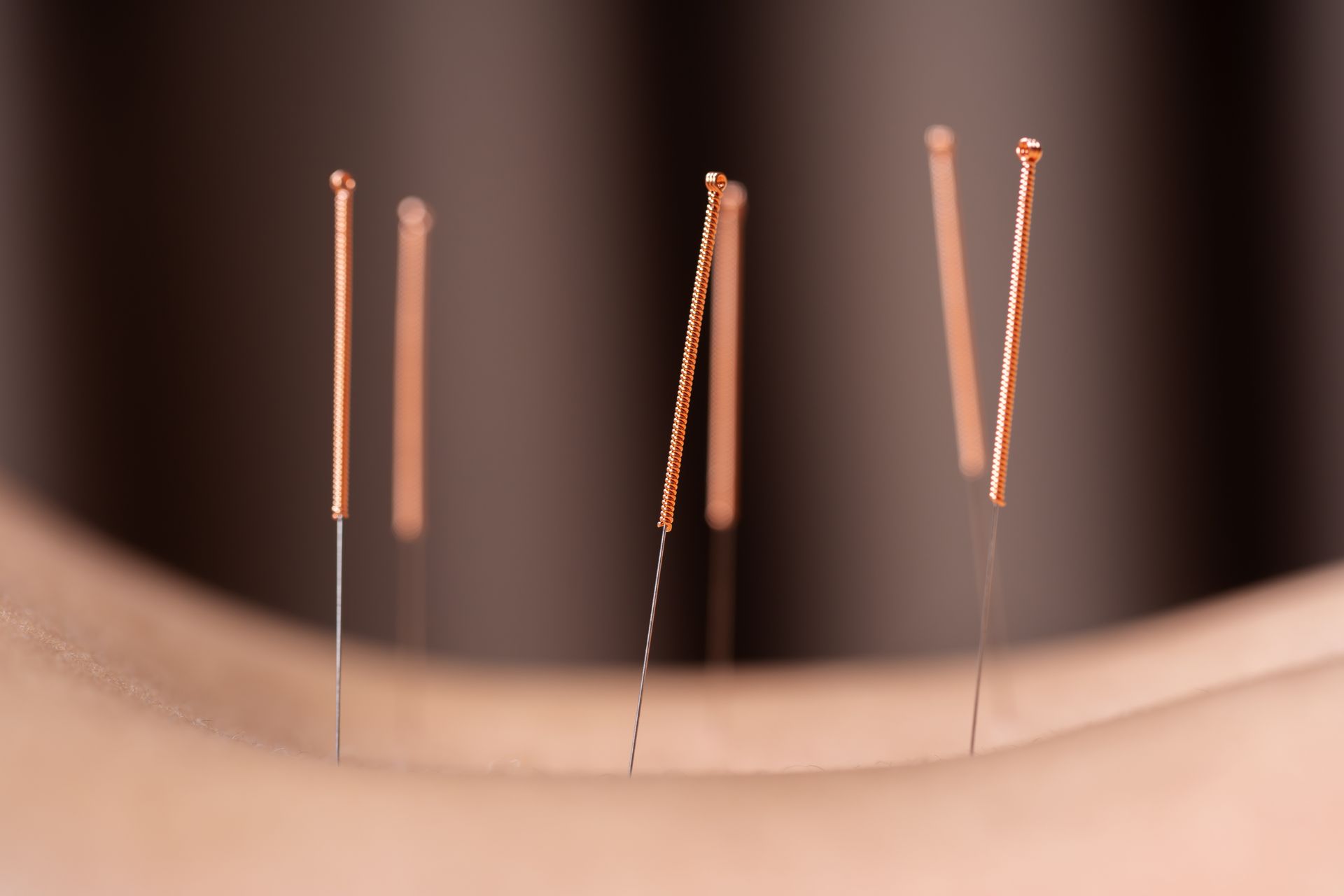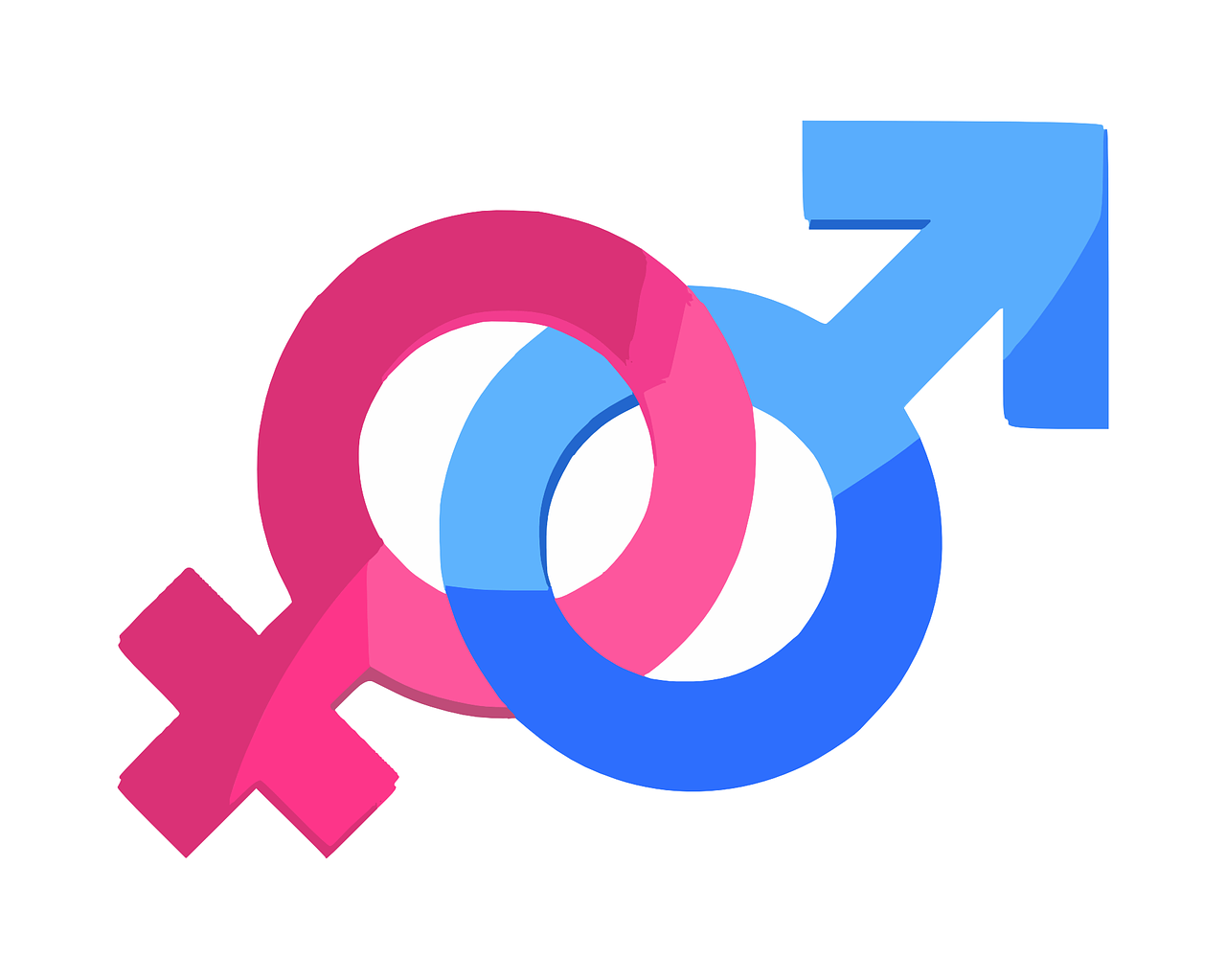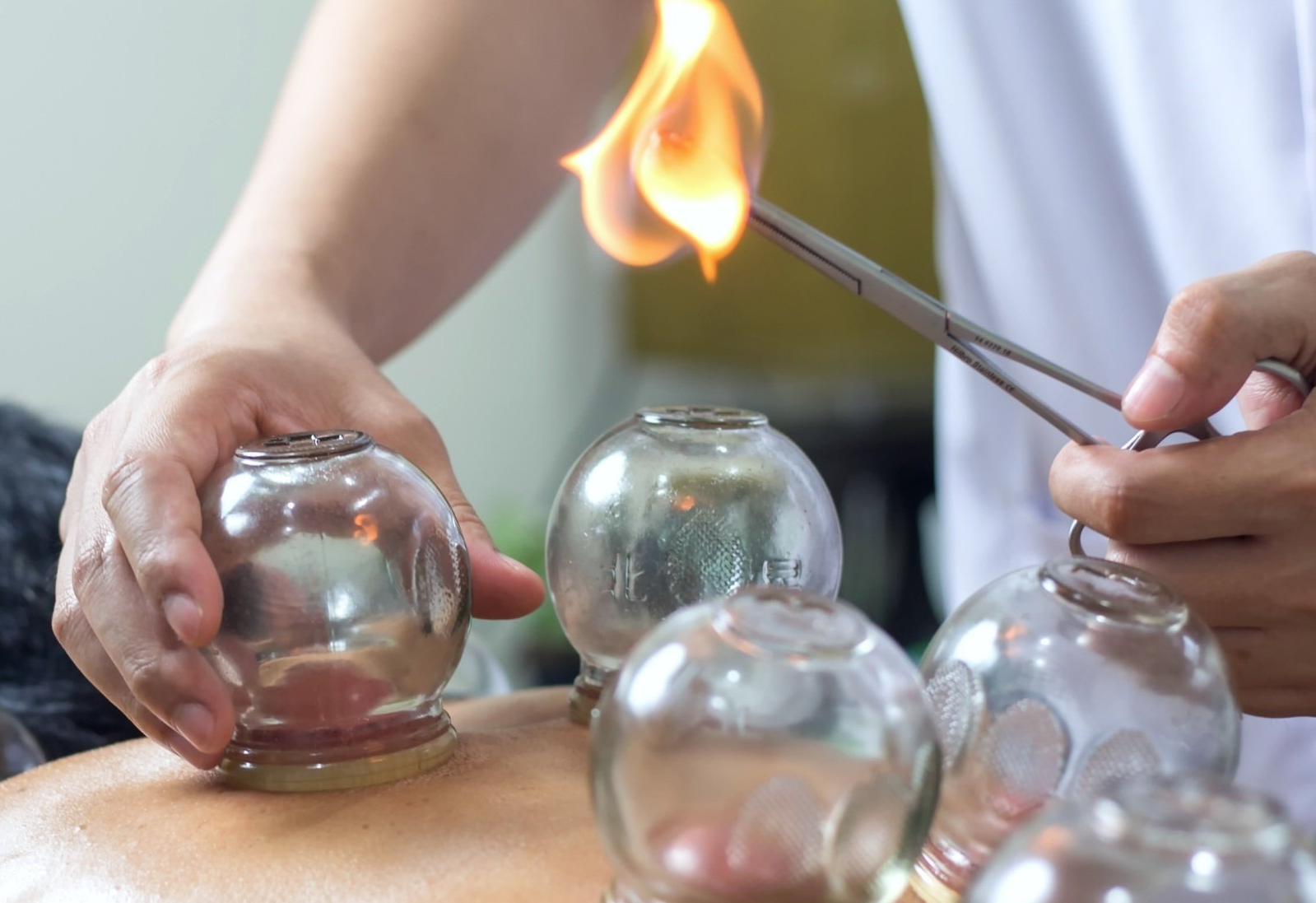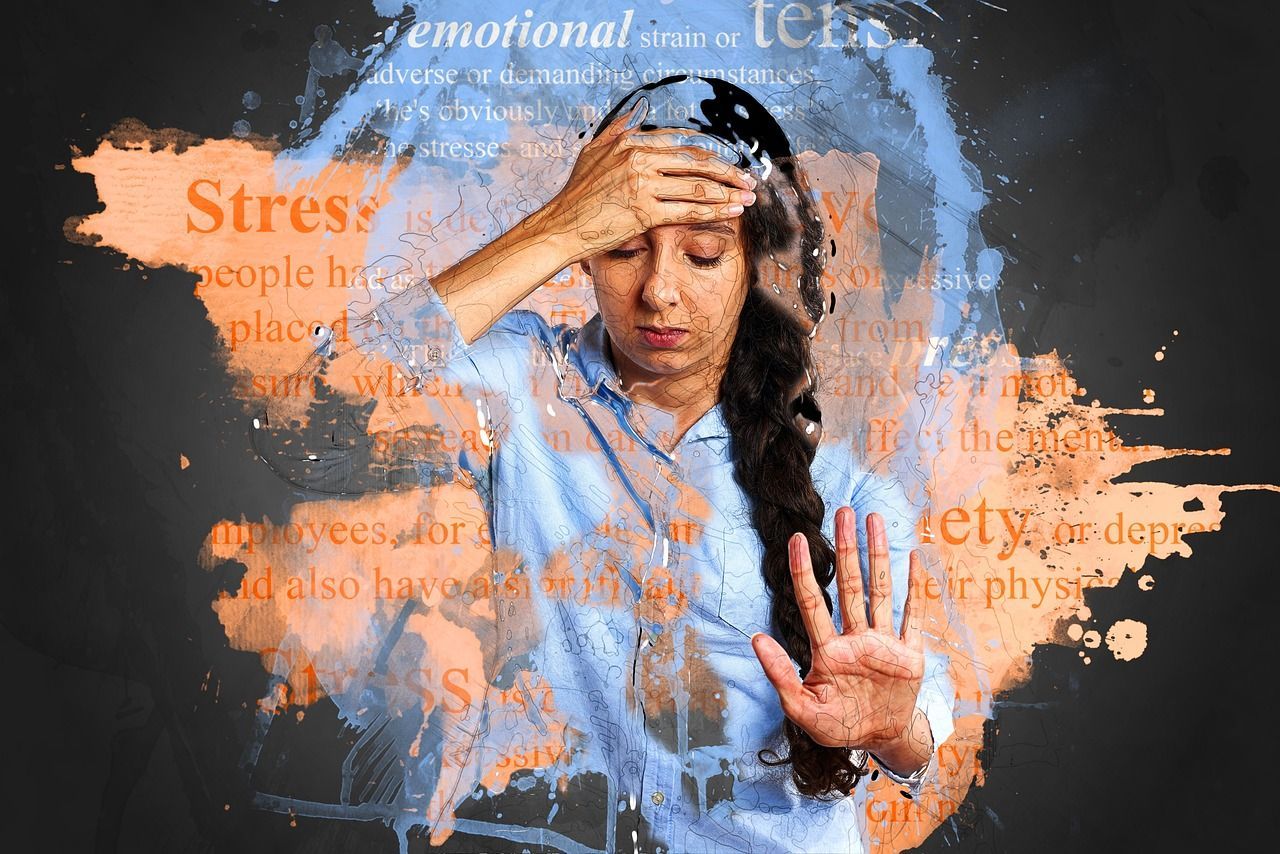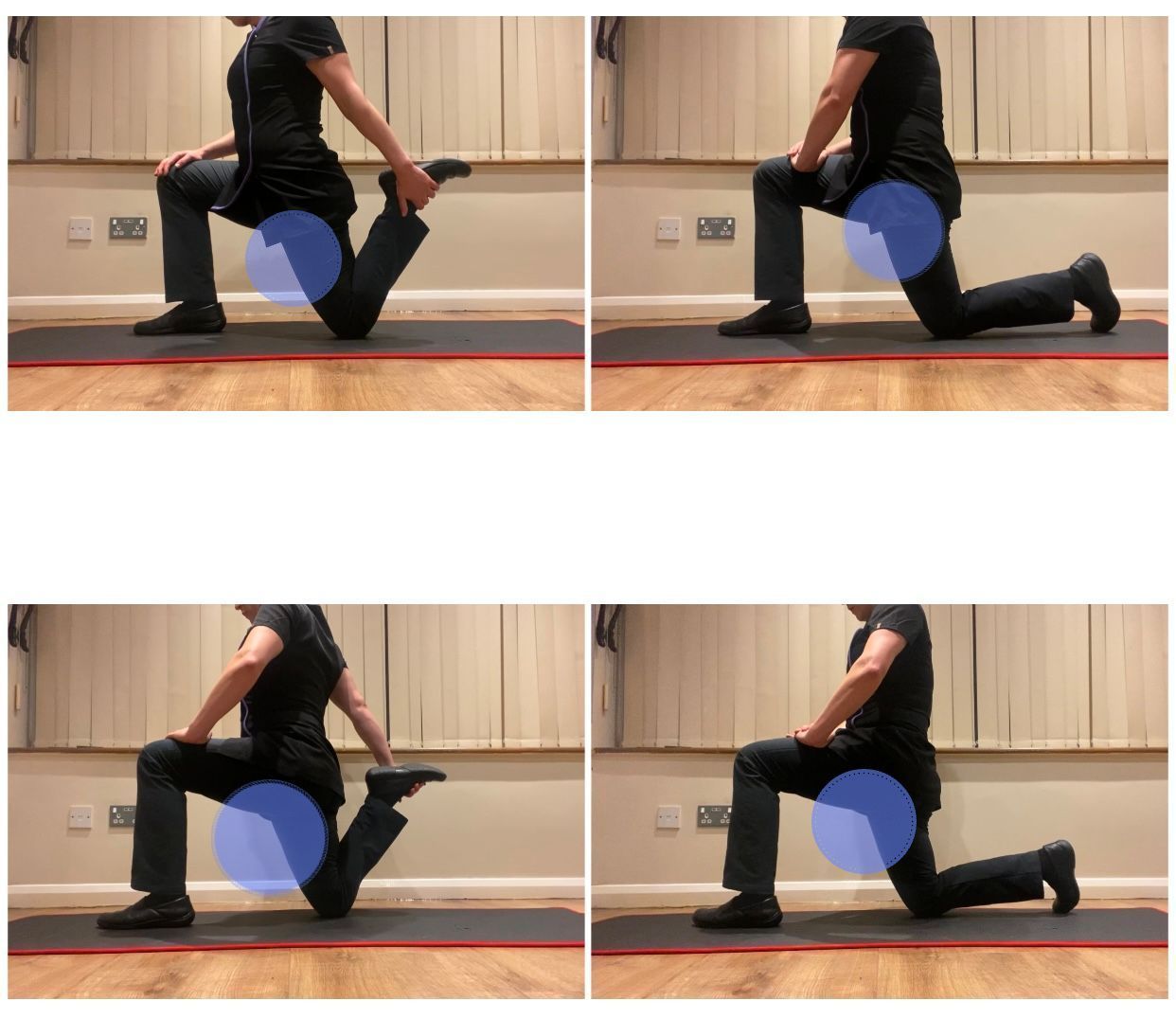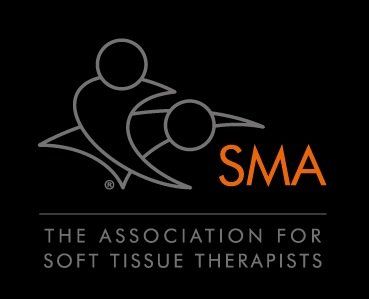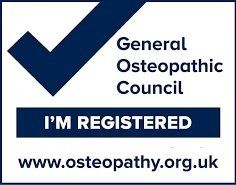Six Possible Causes For Lower Back Pain in Women
- by Joanna Blair
- •
- 08 Mar, 2023
- •
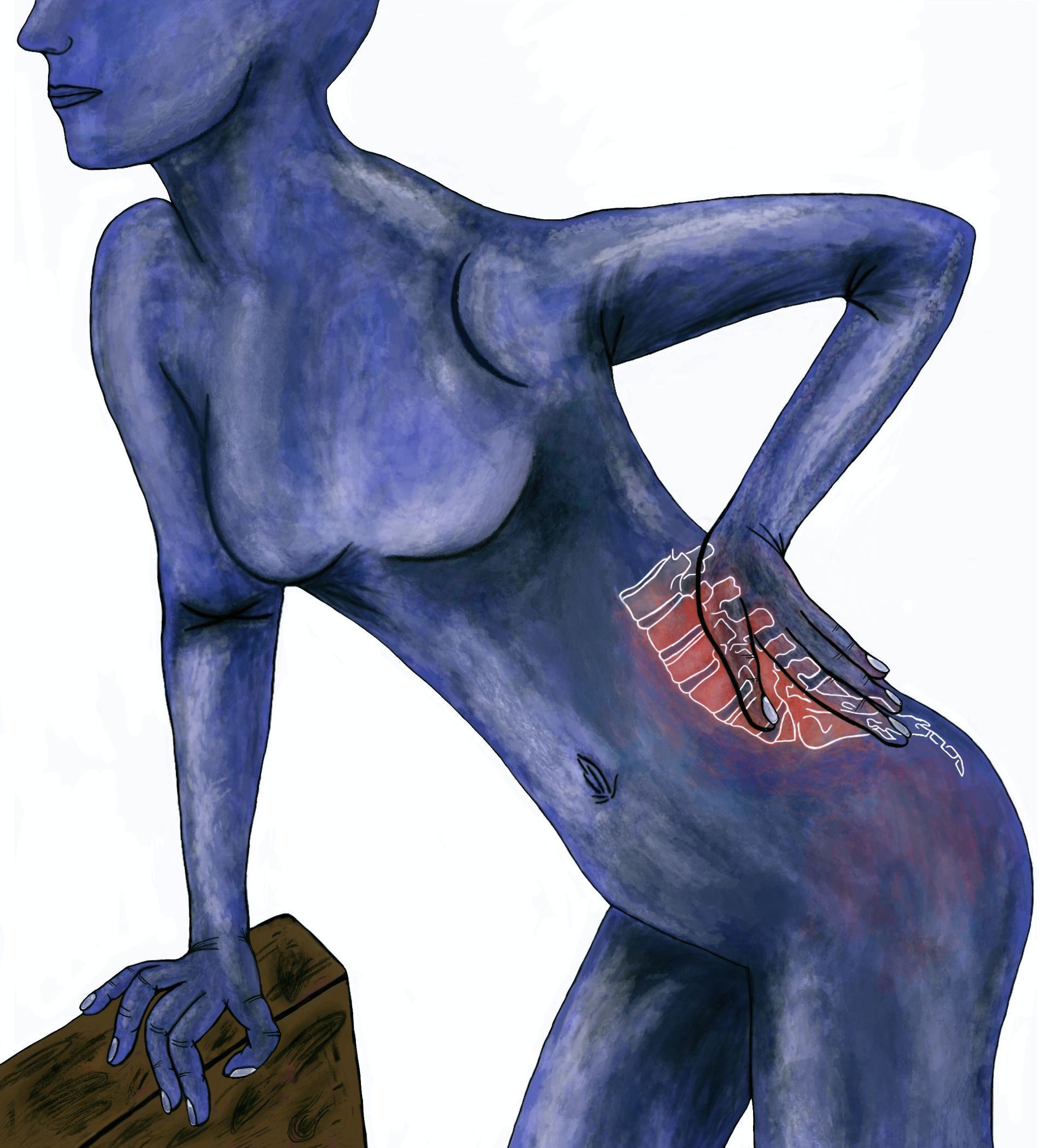
Lower Back Pain in Women
Lower back pain (LBP) can be defined as pain, muscle tension, or stiffness localized below the costal margin of the ribs and above the inferior gluteal folds, with or without leg pain (sciatica) (9).Studies have concluded that women have a higher prevalence of lower back pain (LBP) than men (9). Across all age groups, gender prevalence ratios have also revealed a higher prevalence of pain in females for headaches, migraines, temporomandibular pain, burning mouth pain, neck pain, shoulder pain, back pain, knee pain, abdominal pain and fibromyalgia (9).
Occupational lower back pain, however, is seen in higher proportions in men. This posts aims to explore why women might be more susceptible to experiencing lower back pain.
1. Sacroiliac (SI) Joint Dysfunction
The female sacroiliac joint (SIJ) differs to men with that the sacrum is wider, posteriorly tilted, less curved and has a wider sciatic notch and acetabula (3). As a result, the female SIJ has greater loads, stresses and pelvic ligamentous strains. The increased pubic angle and reduced SIJ curvature makes the joint more mobile which can play a role in the higher incidence of pelvic stress fractures and SIJ pain. The differences of the SIJ between the sexes may contribute to increased rate of the joint's misalignment and instability in young and middle aged women with pain more commonly arising on one side (3).
During gestation and in preparation for birth, the SIJ loosens with the presence of hormonal and biomechanical factors, relaxin, estrogen, and symphysiolysis (separation of the pubic symphysis) providing an increase in joint mobility. While these changes may be necessary for child birth, they can cause an increased risk for pelvic pain (3).
The combination of increased weight gain, exaggerated lordotic posture, mechanical trauma of parturition, and hormone-induced ligamentaous laxity can all contribute to sacroiliac joint pain by causing SIJ subluxation. In the majority of women, the pain usually resolves within four months after giving birth but persists in approximately 20% of women (3).
2. Menopause and Hormonal Issues
Women going through premenopause (usually defined at the age range between 45-55) to post menopause is as a result of a slower production of the female hormones; estrogen and progesterone which are secreted by the ovaries. This process is gradual, spreads over time and is a natural part of ageing (10).
Numerous symptoms associated with perimenopausal include spine and joint pain, hot flushes, night sweats, chronic tiredness; psychological symptoms including irritation and anxiety, mood swings, depression and sleeping disorders. Within the spine, it is widely hypothesised that postmenopausal women show accelerated disc degeneration due to estrogen deficiency (10).
Post menopause, lumbar discs in females degenerate at a notably faster rate than lumbar discs in males, after their later 50s with disc space narrowing becomes more apparent and more severe than age matched males (10).
Wang et al,. (2016) found that overall, the cross-sectional areas of women's vertebral bodies are 25% smaller than men. Thus, it is estimated that the mechanical stress within vertebral bodies are 30%-40% higher in women than men during equivalent applied loads. The study concluded that smaller vertebral bodies in women confer biomechanical disadvantages that may contribute to more vertebral fractures in elderly women (10).
The Significance of Estrogen Levels in Women's HealthReduced estrogen levels predominantly occur post menopause and commonly contributes to collagen wasting observed in bone and skin. This leads to reduced bone density, osteoporosis and aging of the skin.
When estrogen levels decline post menopause, levels of plasma low density lipoprotein cholesterol (LDL, the harmful kind) increase and plasma high density lipoprotein cholesterol (HDL) decreases which leads to the build up of cholesterol in the arteries and can contribute to cardiovascular diseases such as heart attack and stroke.3. Intervertebral Disc Degeneration
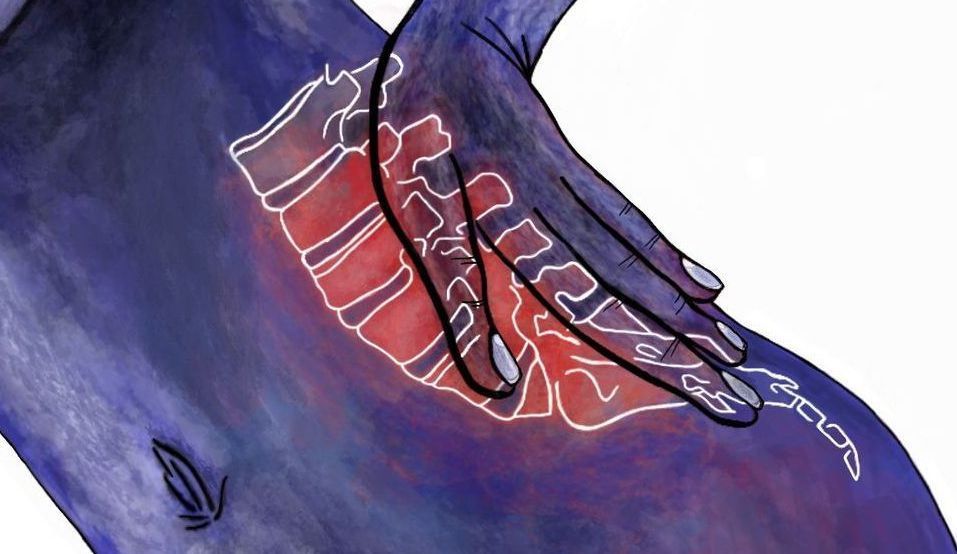
Lumbar disc degeneration(DDD) is a common musculoskeletal condition, the prevalence of which increases with age and can cause discs to reduce height and become stiff (10). The associated changes of lumbar disc degeneration can
progress to nerve impingement, bone and joint inflammation, disc space narrowing and herniation, spinal canal stenosis, facet joint arthrosis and degenerative spondylolisthesis (the slipping forwards of a vertebra) (10).
4. Spinal osteoporosis
Osteoporosis is a condition characterised by low bone mineral density (BMD) and micro-architectural bone deterioration resulting to a reduction in bone mass which can cause abnormal structure, decreased bone strength and an increased risk of fracture (6). Osteoporotic fractures can affect one in three women and one in five men over the age of 50 (4).
The condition of reduced bone mass and abnormal bone structure can remain asymptomatic, but clinical symptoms tend to appear when a fracture occurs. In osteoporosis, bone density and strength of the vertebral body reduces to about 70% and 50% compared to a healthy person.
However, even if bone mass decreases due to osteoporosis, the vertebral body can still endure up to 3 to 5 times the body weight.
A fracture caused by an external force is called a traumatic fracture and differs from a fracture caused via osteoporosis, known as a 'fragility fracture' which occurs when weakened bone is destroyed via an external force that exceeds the strength of the presenting bone (6). The external force to cause a fragility fracture can widely range from a light force from everyday living activities such as lifting a heavy item from the floor to a strong force to cause a normal traumatic fracture (6).
There are two types of vertebral fractures due to osteoporosis: 'morphometrical fracture' and 'clinical fracture' (6). A morphometrical fracture is a vertebral fracture without pain which occurs over a chronic course and judged based on X-rays. When vertebral body tissues are destroyed, sharp pains in the lower and upper back usually occur. A clinical fracture is a fracture with rapid deformation of the vertebral body accompanied by acute pain (6). In the acute phase, deformity of the vertebral body is not clear on X-rays in some cases. Vague dull pain sometimes continues in the entire lower and upper back after the original acute (sharp) pain disappears.
5. Endometriosis
The endometrium is the tissue that lines the uterus. Endometriosis is a chronic condition that can cause lower back pain in women and happens when the endometrium grows outside the uterus in the pelvic cavity or other areas (2). It is this tissue that can respond to hormonal changes by causing swelling, pain, bleeding and spotting between menstrual cycles. The condition can be difficult to diagnose as the symptoms can vary and other conditions can cause similar conditions.
A particular case by Cricco et al., (2021) reported a 45 year old female attended physiotherapy complaining of left buttock pain that spread into the hypogastric, left inguinal and left pubic region. Physical therapy treatment aimed at treating the lumbar spine and left sacroiliac joint and no improvement of their condition or symptoms occurred after receiving five physical therapy treatment sessions. After being referred to a gynaecologist consultation, her symptoms resolved after a laparoscopy and eradication of the endometriosis (2).
6. Pregnancy
Pain in the lumbosacral spine and pelvis commonly occurs in almost half of women during pregnancy. During this time, the body posture often changes with a centre of gravity shift along with weight gain, commonly resulting to the pelvis leaning forward and hyperlordosis in the lumbar spine.
Wójcik et al., (2020) note that the size of the lumbar lordosis angle can be a predictor for the occurrence for lower back pain and should be taken into account when planning treatment by practitioners. A larger lumbar lordotic angle can correlate with a higher body weight (11).
Aim of Physical Therapy
Video Showing Supine Lying Gluteal Stretch:
References
2. Cricco, C., Daugenti, A., Angilecchia, D., Ceron, D. (2021) Differential Diagnosis of Endometriosis in Patient with Nonspecific Low Back Pain: A Case Report, J Body Mov Ther, 27:227-232.
3. Fiani, B., Sekhon, M., Doan, T., Bowers, B., Covarrubia, C., Barthelmass, M., De Stefano, F., Kondillis, A. (2021) Sacroiliac Joint and Pelvic Dysfunction Due to Symphysiolysis in Postpartum Women, Cureus, 13 (10).
4. Ibrahim, N. I., Ahmad, M. S., Zulfarina, M. S., Zarius, S. N. A. S. M., Mohamed, I. N., Mohamed, N., MOKHTAR, S. A., Shuid, A. N. (2018) Activities of Daily Living and Determinant Factors Among Older Adult Subjects with Lower Body Fracture after Discharge from Hospital: A Prospective Study, 15(5): 1002.
5. Kozinoga, M., Majchrzycki, M., Piotrowska, S. (2015) Low Back pain in Women Before and After Menopause, Prz Menopauzalny ,14 (3): 203–207
6. Nakamura, T. (2003) Low Back Pain Accompanying Osteoporosis, JMAJ 46(10): 445–451.
7. Patryca, P., Sobera, M. (2019) Lumbar Lordosis, Pain Intensity and type of Work In Women Participating In Fitness Activities, Pol. J. Sport Tourism, 26 (4), 22-27.
8. Smith, D. R., Mihashi, M., Adachi, Y., Shouyama, Y., Mouri, F., Ishibashi, N., Ishitake, T. (2009) Menstrual Disorders and their Influence on Low Back Pain among Japanese Nurses, Ind Health., 47(3):301-12.
9. Tsujimoto, R., Abe, Y., Arima, K., Nishimura, T., Tomita, M., Yonekura, M., Miyamoto, T., Matsubayashi, S., Tanaka, N., Aoyagi, K., Osaki, M. (2016) Prevalence of Lumbar Spondylosis and Its Association with Low Back Pain Among Community-dwelling Japanese Women, BMC Musculoskeletal Disorders: 1-6.
10. Wáng, Y. X. J., Wáng, J-Q., Káplár, Z. (2016) Increased Low Back Pain Prevalence in Females Than in Males after Menopause Age: Evidences Based on Synthetic Literature Review;
Quant Imaging Med Surg ;6 (2): 199-206.
11. Wójcik, G., Rutkowska, E., Mysula, I., Szepeluk, A. (2020) Value of Lumbar Lordosis and Back Pain in the Female Population Over 50 Years of Age, Aluna: l22-26.
12. Zhang, S., Ye, C., Lai, Q., Yu, X., Liu, X., nie, T., Zhan, h., Dai, Zhang, b. (2018) Double-level lumbar spondylolysis and spondylolisthesis: A retrospective study, J of Orthopaedic Surgery and Research, 13: 55.
